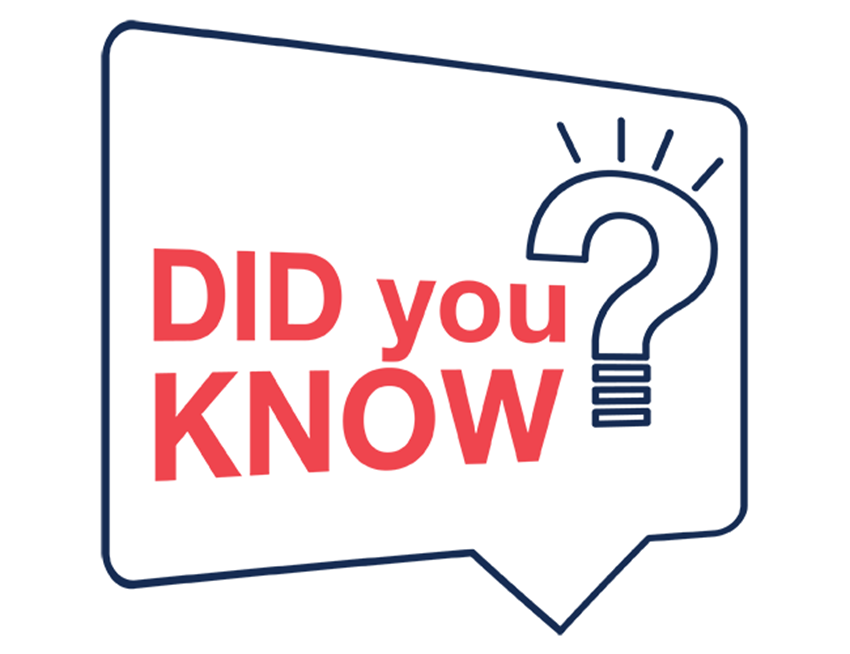Mirror neurons are brain cells that activate both when we perform an action and when we observe someone else performing it. Discovered over 30 years ago in monkeys, they revolutionized our understanding of empathy, learning, and communication.
A new study, published in Nature Scientific Data, has now taken a decisive step forward: it recorded, with unprecedented precision, the activity of hundreds of neurons across multiple brain regions in monkeys during reach-and-grasp tasks, both when performed and observed.
These data, now available to the scientific community, allow researchers to explore how the brain links action observation and execution – a key to understanding crucial human abilities such as imitation, theory of mind, and empathy.
The relevance is clear: dysfunctions in this system have been associated with conditions like autism, suggesting that its study could pave the way for new therapeutic approaches. More than a neuroscientific curiosity, this work offers a rare window into the mechanisms that connect the “self” to the “other,” shedding light on the neural basis of our most human interactions.
This paper was published in the scientific journal Nature Scientific Data, in the article Mirror Neurons in Monkey Frontal and Parietal Areas as part of the research project 403/24 - The inner working of primate brain during natural sleep to promote recovery of visual awareness, supported by the Bial Foundation.
ABSTRACT
Mirror neurons (MNs) are a class of cells in the fronto-parietal regions of the primate brain that activate during both action execution and observation. Over three decades, numerous neurophysiological studies have investigated the properties of MNs, proposing their involvement in social interaction. However, variability in definitions, recorded brain regions, and response dynamics has posed challenges to replicating MN findings and achieving a comprehensive understanding of their properties. Here, we present a curated dataset of hundreds of single neurons from multielectrode recordings in three fronto-parietal areas (AIP, F5, F6) of macaques executing and observing a reach-to-grasp task. In addition to motor neurons, many cells responded to both executed and observed actions, thus fulfilling the MN criteria. The dataset includes spike times and behavioural events in HDF5 format, a standard for neuroscience data sharing, along with example MATLAB and Python code for dataset exploration and analysis. This resource offers a platform for investigating MNs across different brain areas and task conditions, enabling data-driven hypothesis-testing of their motor and social properties.






































































